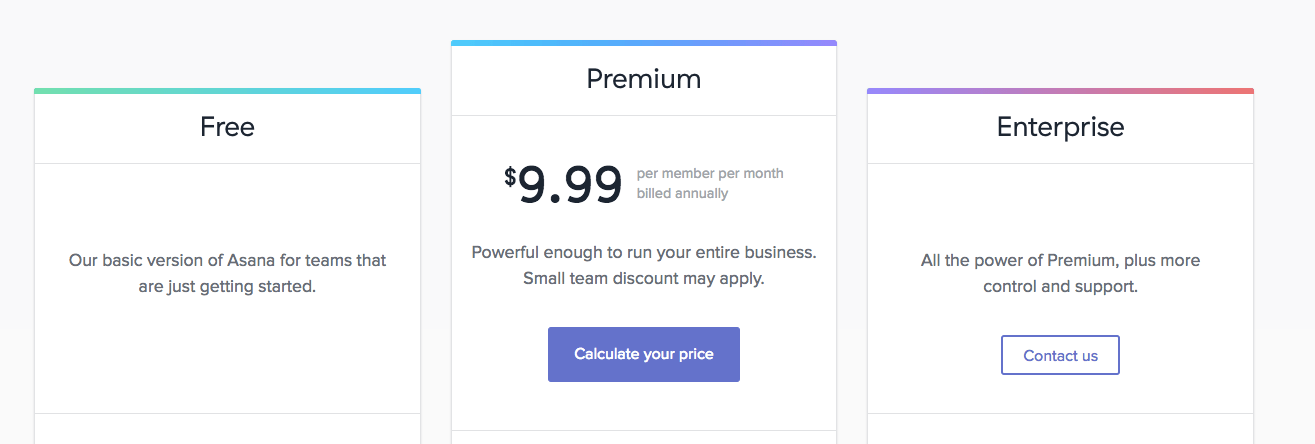

This is important when dealing with larger projects which will need some element of Work Breakdown. In the latter case, Task A is broken down into smaller, more digestible work packages. Whereas, a nested task list will be like this, Check out the video below for some examples of how it can be used.ĭo you have a flat task list or a nested or hierarchical task list? A flat task list will be a simple grocery style list like this, So, for example you can enter “no due dates”, and it will show all tasks with no due dates. The basic filter commands follow natural language. The premium version supports this with a comprehensive set of options. For large lists, filtering of some sort is a must. Todoist, on the other hand, takes a different approach in their use of filtering. It is a little bit like when you start typing in Google and a list of possible solutions start appearing. As you type the corresponding task cards that fulfill that search term will be shown. Trello has a search field at the top of the window which enables any search terms to be entered. Todoist & Trello Filtering and Searchįiltering and search is also a bit different between Todoist and Trello. I will describe this in more detail later. Trello has the edge on Todoist with third-party support in the form of “Power-ups”, which can really boost Trello functionality. The smart date recognition means that if you type “Doctor appointment on Thursday”, Todoist will recognize “Thursday”, and set a reminder on that day accordingly for you. It has location-based reminders, subtasks (proper subtasks, not an in-card checklist), basic intrinsic reporting – Trello has external options available for this, and smart date recognition. Let’s start off with features that Todoist has and Trello does not. There are a few differentiating features between them though. This is by no means a complete list of the common features but at least you can see that many of the expected features are available in both Todoist and Trello. These include file uploads, reminders, sharing of task lists, task comments, filters/search, task labels (colors for Trello), list templates, reminders, activity logs of list changes, keyboard shortcuts, task change notifications, SMS/email reminders and the ability to email tasks to your lists. The format in Todoist is simple and elegant, but make no mistake, for a myriad of clever tools are concealed behind the simple interface – as we will discover shortly!īoth Todoist and Trello are established task management apps and so as expected, both tick many of the basic and more advanced features. The tasks and projects can be nested, or in hierarchical form. As with many other task managers, there is a left side of the screen containing the “Projects”, listing and the right side contains the list of tasks within each project. In contrast to Trello’s imagery, Todoist takes a more traditional approach. If you prefer a visual style of task management or if your tasks usually have a visual aspect to them, such as some picture, then definitely Trello is a good choice.

However, this technique translates very well to the electronic domain – see the Trello interface for comparison to the old school post it notes. Normally the approach would have been implemented on a physical notice board such as the one shown below.

It was a simple but effective way of not only having visibility on the current tasks but also limiting the tasks for any given stage. Then another task would be moved from the Pending column to become the new “In Progress”, task. So, one would work on the tasks in the “In Progress”, column and when complete they would be moved across to the Complete column. Traditionally these columns had been titled, Pending, In Progress and Done or something of that ilk. This task management style allows you to organize your tasks in vertical columns. Trello uses a Kanban board style method to manage tasks. The first thing to notice between Todoist and Trello for any potential user is the striking difference in the user interfaces.
#Todoist vs asana how to#


 0 kommentar(er)
0 kommentar(er)
